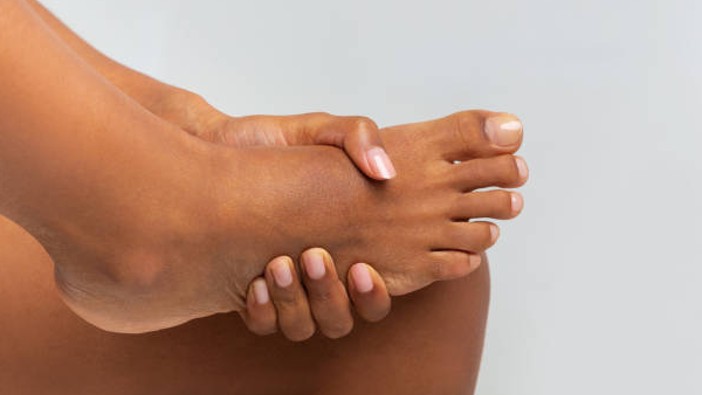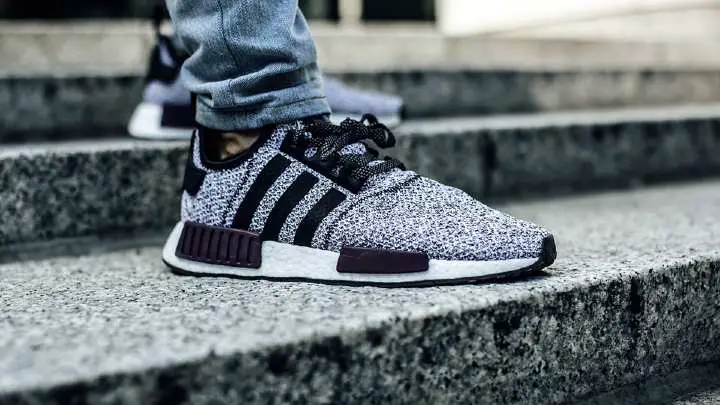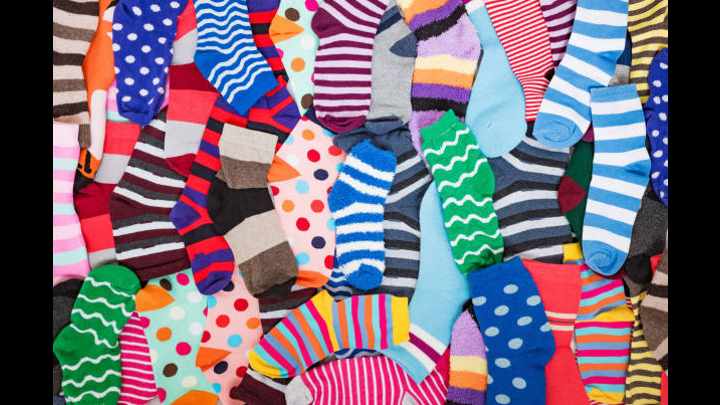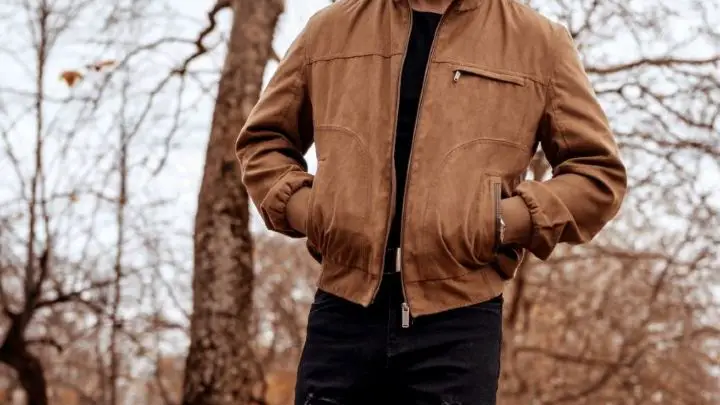Have you ever experienced a heel blister? Are you looking for how to prevent it from happening again? Then keep reading, as this article reveals how to prevent heel blisters.
Heel blisters are small liquid-filled sac that forms around the heel. A heel blister can cause difficulty in movements or activities that require your feet. If you have had any experience in the past, you are probably already aware of the effects; and how it interferes with daily activities.
There are three categories of heel blister, they are; the back-of-the-heel, under-the-heel blister, and heel edge blister. Fortunately, these painful blisters can be prevented from developing on the heels with simple tips.
However, the cause of each one of these heel blisters will determine the preventive measures to take. This article will explain how to prevent each one of these heel blisters.
How to Prevent Back-of-the-Heel Blisters
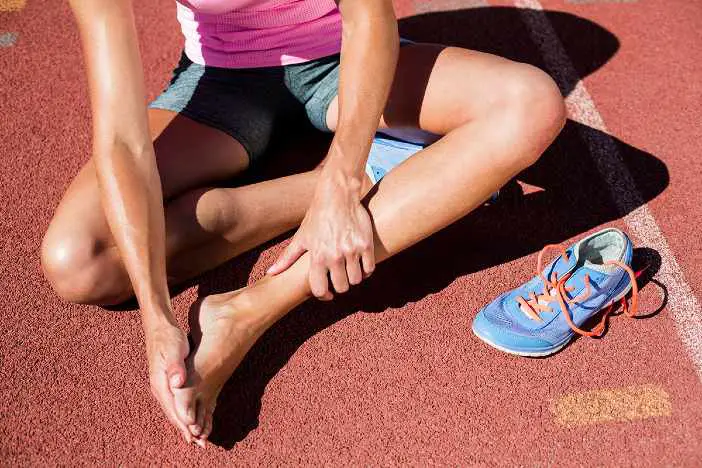
Back of the heel blisters are the most common kind of heel blisters. The occurrence of this blister is common in walking and hiking. This type of heel blisters are capable of making the heel very weak and this can result in a struggle to walk and move around.
The back of the heel blister is often caused by the friction that occurs when your shoes or footwear slips up and down your heel. This usually happens when you wear shoes that don’t fit properly.
Tips to prevent back-of-the-heel blister
1. Lacing Technique
This technique works in stopping the excess up and down movement of the heel. This technique is easy to do, and you should do it when you wear shoes with lace. It helps to keep your heel bone in place; thereby preventing blisters from occurring.
2. Taping
You can make use of any tape, such as athlete tape, paper tape, etc. for this. This may be all you need to stop blisters from getting on your heel.
To use tape as a preventive measure for heel blister, simply wrap some tape around your heel to stop your footwear from rubbing on the back of your heel. However, you have to keep reapplying the tape every day.
3. Donut Pads
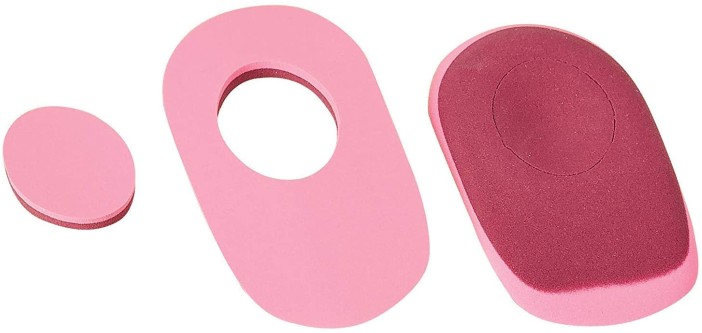
Donut pads help to reduce pressure on the back of your heel. The thicker the donut pad, the better the pressure relief you get. It is very easy to use donut pads. Simply place on the back of your heel before wearing your shoes to prevent back-of-heel-blister.
4. Use Blister Patches to Prevent Back-of-the-Heel Blister
Blister patches help to reduce the level of friction that occurs when you move from one place to another. Place blister pads into your shoes on the heel area, once you have done this, you don’t need to change it every day, as it lasts for weeks or even months.
Blisters pads are usually so thin, they don’t change the fit of your footwear. To make your blister pads last longer, ensure that soapy water doesn’t get on them.
This will avoid the pads coming off the shoe, also make sure that you do not press down the top of the pad as you slide your heel into the shoe. Blister pads are probably the best prevention technique to try.
You can use any of these 4 techniques to prevent the back of your heel from blisters.
SEE: Home Remedies and Treatment to Help Rid Heel Spur
How to Prevent Under the Heel Blisters
Under the heel blisters are the least common type of blisters. Runners and walkers suffer from this type of blister the most. They are delicate, painful, and difficult to treat.
This type of blister can stop you from walking, except you can walk on tiptoes all day. It is very important to always prevent your heel from this kind of blister. To prevent this under the heel blisters from getting on your heel, avoid jumping on a hard surface or concrete floors.
This blister is caused when the heel continuously falls or rubs against a rough surface.
Preventive techniques to try out.
1. Change the Way You Walk
This is the best preventive technique for under the heel. If your style of walking causes your weight to rest on your heel, then alter your step. Take shatter stride lengths when you walk and radius than strike your heel out in front of you as you walk, let it be underneath you.
2. Lace Your Shoe Firmly
Ensure that your footwear is firmly and properly lace. This will help secure your foot and stop it from sliding forward in your shoe. Use the Heel lock lacing technique and also make sure that your socks are not clustered under your heel.
3. Use Blister Patches to Prevent Heel Blisters
This will reduce the fraction levels of your feet. After you change your gait and follow through to lace your shoes firmly, you will need to use blister patches to prevent heel blisters. Use a rectangle patch to cover the heel area of your inside.
Only use a large patch to cover up the area that needs protection, i.e. Under your heel.
4. Tapping
Another technique you can try is tapping your heels. To do this, use a non-stretch sports tape. This may assist in stopping the blisters from forming under your heel.
Prevention is better than cure in this case because this type of heel blister is not common, and it is more difficult to treat compared to other heel blisters.
SEE: How to Fix Cracked Heels Permanently – 13 Simple Tips
Heel Edge Blister and How to Prevent It

The heel edge blister usually forms around the heel’s rim. This type of blister is often caused by the shape of your shoe pad/filler (or orthotic device). This type of heel blister can get tricky; because as it gets filled with fluid, any weight pressure can push the blister fluid upward.
You may start to think that the blister is up the heel, but it is not. To prevent this heel edge blister from forming, reduce the pressure that comes from the cup of your sole or orthotic shoe fills.
Prevention Techniques You Can Try
1. Reduce Heel Cup Pressure
Check your insole to see if it is folded, clustered, or rough; if you notice any of this, replace it with a new one. Also, ensure that the contour of the insole matches the shape of your heel.
Not only that, as for your orthotic fills, check for thick or misshape heel cap, if you notice any of this change, or visit a podiatrist to help you grind and reshape it. Also, ensure that there is no gap between your shoe and the orthotic when it is inserted.
A gap between the shoe and the orthotic heel cup will cause you to stand on the heel cup and that, dear reader, is liable to cause blisters on the edge of your heel.
2. Tape Your Heel to Prevent Heel Blisters
This method works to prevent all kinds of heel blisters. Use a rigid tape to wrap/tape your heel to reduce the formation of heel blister on the edge of your heel.
Heel edge blisters occur due to the pressure from your insole, and you need to reduce this pressure to stop and prevent the formation of heel edge blisters.
SEE: Hair Removal Wax: A Great Hack to Skincare
Other Useful Tips to Prevent Heel Blisters
- Protect your heels from blisters by wearing shoes that fit your feet properly. Avoid shoes that slide up and down your feet or ones that rub the back of your heel.
- Wear nylon or moisture-absorbing socks. You can try a double-layer sock to give your feet extra padding.
- Cover up areas of your heel with tape to protect your heel from the formation of blisters.
- You can rub talcum powder on your heels to take away or dry up moisture from your feet, this will help to prevent heel blister.
SEE: Easy Remedies and Treatment to help you relieve heel pain
Frequently Asked Questions
How do I stop my shoes from rubbing the back of my heel?
There are several ways to stop your shoes from rubbing the back of your heel. You can make use of blister patches, do not pad Donut pads to prevent rubbing on the back of your heels.
Taping is another preventive technique you can use to prevent heel blisters. Wearing nylon and moisture-absorbing socks will also help to stop your shoe from rubbing your heel.
How do I protect my heels against blisters?
To prevent your heels from blisters, the first thing to do is make sure that your shoes fit properly.
Wearing a shoe that is either too loose or too tight will lead to the formation of blisters as it rubs your heel. It causes fraction, therefore pay close attention to the footwear you choose to wear. Check for more tips in this article.
Why do new shoes give blisters?
Heel blisters form when the skin rubs against your shoe continuously.
Only stiff new shoes can cause blisters to form on the feet.
Conclusion
Prevention, they say, is better than cure. It is best to prevent your heel from any form of blister. Heel blister can be painful, and it often limits one’s activeness, so why not prevent it from happening to you.
If you have never had an experience, and have no idea of its effects, then you should know that heel blisters can limit your activeness. It brings about difficulties in walking, exercising, and you might not be able to wear your favorite shoes.
To prevent your heels from these painful blisters, always wear comfortable shoes that are neither tight nor loose and make use of orthotic fills, blister patches, and tapes to keep your heels safe from the development of heel blisters.
Thanks for reading.
Africana fashion provides you with wellness articles to make you feel better and improve your lifestyle.
